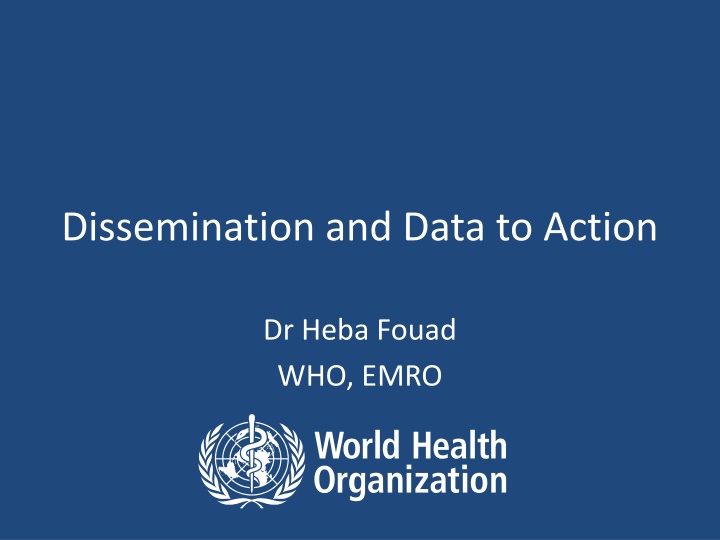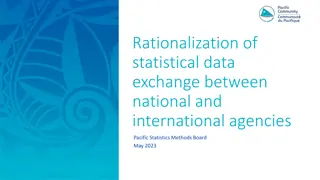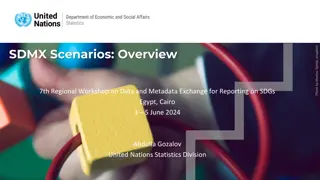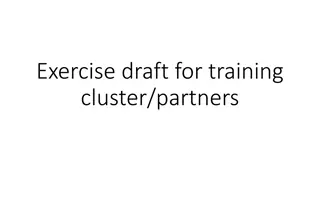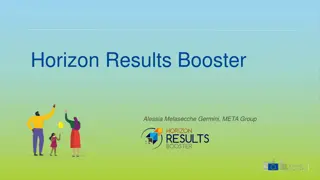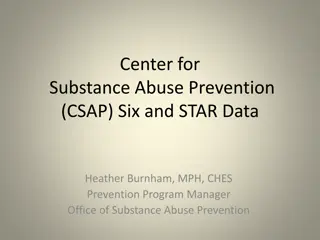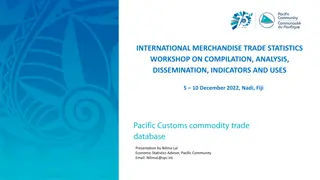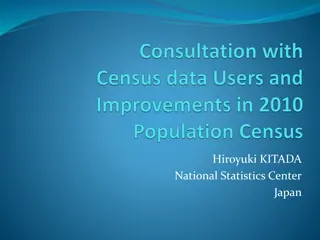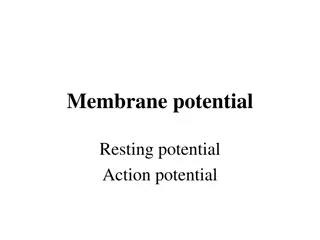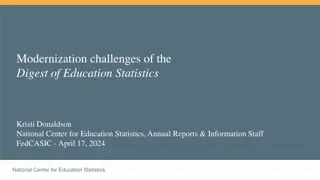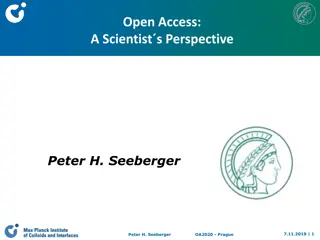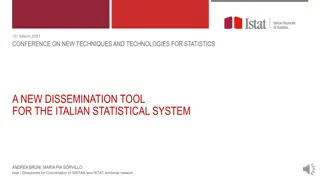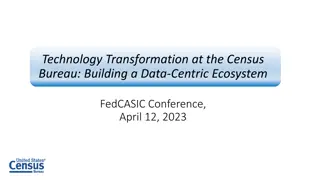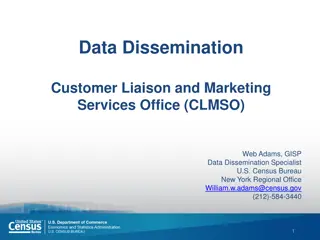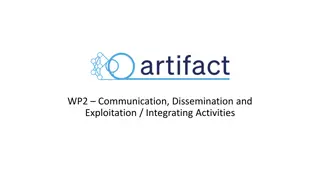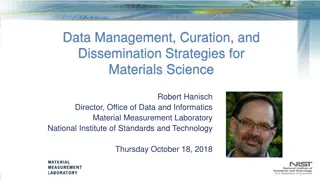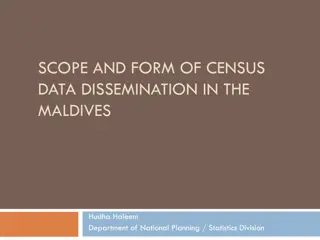Dissemination and Data to Action
Surveillance, collection, analysis, and dissemination of data are crucial in public health to empower policy makers and lead effective prevention and control strategies. Learn about ongoing surveillance, key GTSS topics, MPOWER policies against the global tobacco epidemic, and the Global Tobacco Surveillance System's dynamic approach. Explore how data dissemination is conducted through various means like fact sheets, reports, workshops, and WHO resources.
Download Presentation

Please find below an Image/Link to download the presentation.
The content on the website is provided AS IS for your information and personal use only. It may not be sold, licensed, or shared on other websites without obtaining consent from the author.If you encounter any issues during the download, it is possible that the publisher has removed the file from their server.
You are allowed to download the files provided on this website for personal or commercial use, subject to the condition that they are used lawfully. All files are the property of their respective owners.
The content on the website is provided AS IS for your information and personal use only. It may not be sold, licensed, or shared on other websites without obtaining consent from the author.
E N D
Presentation Transcript
Dissemination and Data to Action Dr Heba Fouad WHO, EMRO
Surveillance Ongoing, systematic collection, analysis, & interpretation of data essential to planning, implementation, & evaluation of public health practice, integrated with timely dissemination to those responsible for prevention & control. Timely, useful evidence to empower public & policy makers to lead & manage effectively. That s where public health begins.
GTSS Topics: Indicators GTSS Monitor exposure and exposure determinants Tobacco Use Knowledge and Attitudes Secondhand Smoke Exposure Pro- and Anti-tobacco Media and Advertising Exposure Cessation Access and Availability of Tobacco 3 Tobacco economics 3
MPOWERPolices to Reverse the Global Tobacco Epidemic Monitor tobacco use and prevention policies Protect people from tobacco smoke Offer help to quit tobacco use Warn about the dangers of tobacco Enforce bans on tobacco advertising, promotion and sponsorship Raise taxes on tobacco
Global Tobacco Surveillance System is a Dynamic system Analysis Workshop Determine key messages, Identify key audiences, and key partners Survey Policy & Program Workshop Conducted in country with key partners to plan for data release and post press conference follow- up activities (e.g. National action planning workshop) Survey Workshop Introduce guidance and expectations for results dissemination, com. and advocacy Conduct Report Data Evaluate and Modify Programs Tobacco Control Program Health Communication and Advocacy Programs Repeat Every ? Years Implement Programs 5
Data dissemination GATS /TQS GATS: 2008-2016 Completed in 28 countries 30 country fact ( with repeats) 24 country reports 24 public use data sets TQS: 2009-2016 Completed in 63 countries (3-22 questions) TQS available in 7 languages
How data dissemination is done? Fact sheets Executive Summaries Country Reports Research Publications Data 2 Action (D2A) Workshops GATS Atlas WHO Report on the Global Tobacco epidemic; GTCR, available at: http://www.who.int/tobacco/global_report/2015/repo rt/en WHO , MOHs, NSO, and CDC webistes
Use of data Power of data To demonstrate seriousness of tobacco as a health and social problem To identify major determinants of demand for tobacco To plan and design programs and intervention based on evidence To promote and Inform Policy Change and to build the case and advocate for policies that work To evaluate existing policies To monitor change overtime especially on achieving target (30% reduction of tobacco use among adults by 2025) Generate cross sectional estimates for global level picture and status of the tobacco epidemic
Using Data For Policy Change TELL the STORY It requires a clear understanding of the data, as well as the policy context, and the relationship between the findings and key policy issues: Understand the data and policy context Identify target audiences Develop partnerships for use Agree on key messages Package the data Release and Disseminate
Target Audiences Policy makers Non-government organisations and civil societies General public Advocacy groups Media outlets
TELL the STORY Develop the key Messages : Clear and concise Increase the target audiences understanding of the problem Motivate the audience on action needed Package the data : Information must be presented in simple, easy to use format, especially for media and policy makers Country reports provide full report Fact sheets and graphical presentations provide picture on key data
Releasing the Data Release event (press conference, high level meeting) Make data available in easy to use format (fact sheet, briefs) key messages Promote action based on data findings Actively recruit relevant stakeholders and key decision makers as well as the media to attend
Examples of Data to Action/use Turkey Enhanced smoke-free law and increased enforcement Mexico Raised Tobacco Taxes India Raised profile of smokeless tobacco problem, Implemented stronger health warnings on all tobacco packaging
Way forward Collaboration between Statistical office and MOH; the end user of information Data communication strategy should be part of the survey protocol plan Multisectoral collaboration is required at different levels between data production and usage (NGOs, MOHs, NSOs, academia,.. etc) Data to action workshops should be part of dissemination plan Data use and communication should be an ongoing process to raise awareness and to push for policy making: Create team charged with use of the data
